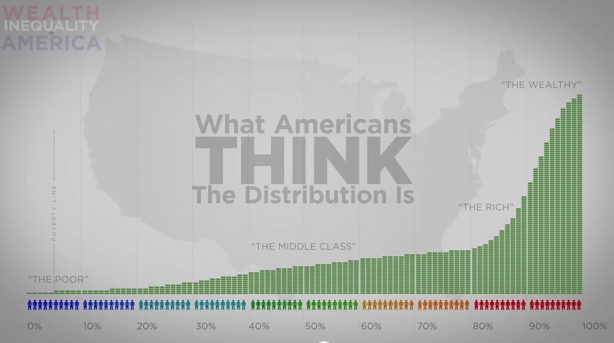He’s makin’ more money than you’ll ever see.
That was the preferred argument of my friend, Tommy, a classmate who lived across the street when I was a kid. I sometimes would disagree with Tommy about the talents or behavior of some celebrity — a rock star or an actor. Today’s equivalent might be Ke$ha or a Kardashian. Tommy’s response was usually, “He’s makin’ more money than you’ll ever see.” And that settled the issue as far as Tommy was concerned. A huge income trumped just about anything.
In sociology, we talk about values. Introduction to Sociology texts usually define values as abstract ideas about what is good, ideas that people use as guides to action. Maybe. But the definition I prefer sees values as “legitimations” — ideas about what is good that people use to justify behavior or to win arguments. For Tommy, money was this kind of ultimate legitimation. His behavior did not evidence a strong value on money — we were only about eleven at the time — but his judgments did. Values are what we use to evaluate.
I thought of Tommy and values today when I read the transcript of a CNBC interview with Alex Pereene. Pereene has recently gone on record criticizing Jamie Dimon, the CEO of JPMorgan. That bank currently faces an $11 billion fine for having dealt in shoddy mortgage-backed securities. JP Morgan can afford it, of course, but $11 billion begins to be real money. The question on CNBC was whether Dimon should continue as its CEO.
Pareene says no. The CNBC anchor, Maria Bartiromo then says.
Legal problems aside, JP Morgan remains one of the best, if not the best performing major bank in the world today. You believe the leader of that bank should step down?
Or as Tommy Fiedler would have put it, “His bank is makin’ more money than you’ll ever see.”
Here’s Pareene’s response:
If you managed a restaurant, and it got the biggest health department fine in the history of restaurants, no one would say “Yeah, but the restaurant’s making a lot of money. There’s only a little bit of poison in the food.”
CNBC then brings in a Dimon booster, Duff McDonald. Asked to respond to Pareene’s charge of corruption, McDonald says,
It’s preposterous. The stock’s touching a ten-year high. It’s a cash-generating machine. Sure they’ve had their regulatory issues . . .
In McDonald’s view, the charge of corruption is preposterous because JP Morgan is makin’ more money than you’ll ever see.
Bartiromo’s reaction is especially telling. She seems to take Pereene’s criticism of JP Morgan personally. I thought that anchors were supposed to be neutral and try to draw guests out. But Bartiromo is openly hostile. She loudly interrupts Pereene and demands evidence of the bank’s questionable tactics. When Pereene gives an example, she defends Dimon by again appealing to the value on profits above all else.
Even with all these losses, the company continues to churn out tens of billions of dollars in earnings and hundreds of millions in revenues. How do you criticize that? [emphasis added]
Her assumption is that anyone who makes so much money cannot be criticized. Such criticism is immoral. The reporting about JP Morgan’s shortcomings is, she says, “a witch hunt.”
The problem with legitimations is that they work only if everyone in the room shares the same values. Members of the same culture, almost by definition, share values, and effective arguments apeal to those values. Americans, for example, are suckers for arguments based on appeals to individual freedom. We find them very hard to resist. But people in other cultures might not find those arguments so persuasive.
This brief CNBC interview hints at cultures or moral worlds in collision. In the CNBC world, people take the value on making money for granted. When they encounter someone who does not share that value, who is not persuaded by arguments based on it, they act as though threatened by some uncomprehending and dangerous alien, a creature from another world. It is a clash of cultures, a clash of values, and the way we discover those is not by watching what people do (values as guides to action) but by listening to how they justify what they and others do (values as legitimations).
Cross-posted at Montclair SocioBlog.
Jay Livingston is the chair of the Sociology Department at Montclair State University. You can follow him at Montclair SocioBlog or on Twitter.













